Costume designer Jacqueline Durran on feminism, fat suits, and Atonement
Marie Claire spoke to Oscar-winning costume designer Jacqueline Durran about Winston Churchill's tailors, Disney Princesses, and working with Keira Knightley


Marie Claire spoke to Oscar-winning costume designer Jacqueline Durran about Winston Churchill's tailors, Disney Princesses, and working with Keira Knightley
If you don't know Jacqueline Durran by name, you'll definitely recognise her work. This BAFTA and Oscar winning costume designer has not only created period dresses for Pride and Prejudice and MI6 suits for Tinker Tailor Soldier Spy, but was the mastermind behind Keira Knightley's iconic green dress in Atonement.
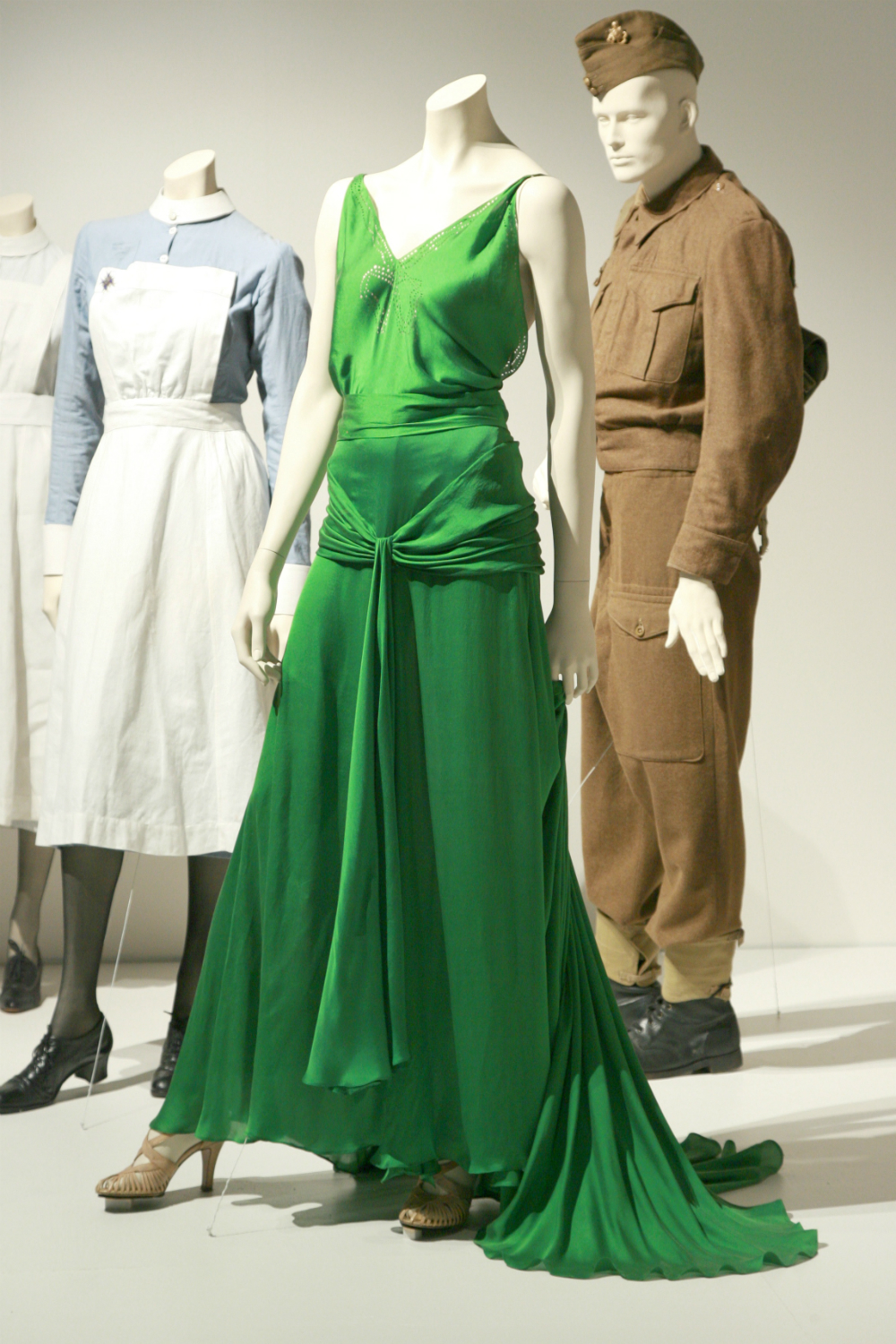
This year, Jacqueline was nominated twice(!) for the Academy Award for Best Costume Design for her work bringing our childhood to life in Beauty and the Beast, and for giving that extra touch of realism to Gary Oldman's portrayal of Winston Churchill in Darkest Hour (which led to his BAFTA and Oscar for Best Actor.)
We sat down to chat to Jacqueline Durran about her incredible body of work, designing around a fat suit and the mystery of Winston's missing measurements...
For Darkest Hour, how true did you want to stay to the records of Churchill? 'The first thing I did was compile boards of Churchill, and what becomes quite clear quite quickly is that Churchill pretty much wears similar things almost the whole way through his life. He often wore a black jacket, black waistcoat and striped trousers, with the same watch, and the same bowtie, and he also had his ‘siren suit’ look and his striped suit. So I broke it down into the looks and I talked with Gary [Oldman] and with Joe [Wright, Darkest Hour’s director] about what they wanted their Churchill to be. We decided we’d do the black jacket look, the striped suit, the dressing gown and that was pretty much it!'
Where did you get the costumes from? 'I went back as much as possible to the original sources, so I looked at which tailors he used and Henry Poole in Savile Row were very happy to make suits for me. Lock & Co - who made Churchill’s hats - made his hats for the movie, and Turnbull & Asser - who used to make his shirts - made his shirts for the movie! We tried to do everything we could to be as authentic as possible – Churchill’s family even sent us photos of his ring so that we could replicate it. What I really wanted to find out were Churchill’s measurements, but none of the tailors had them…'
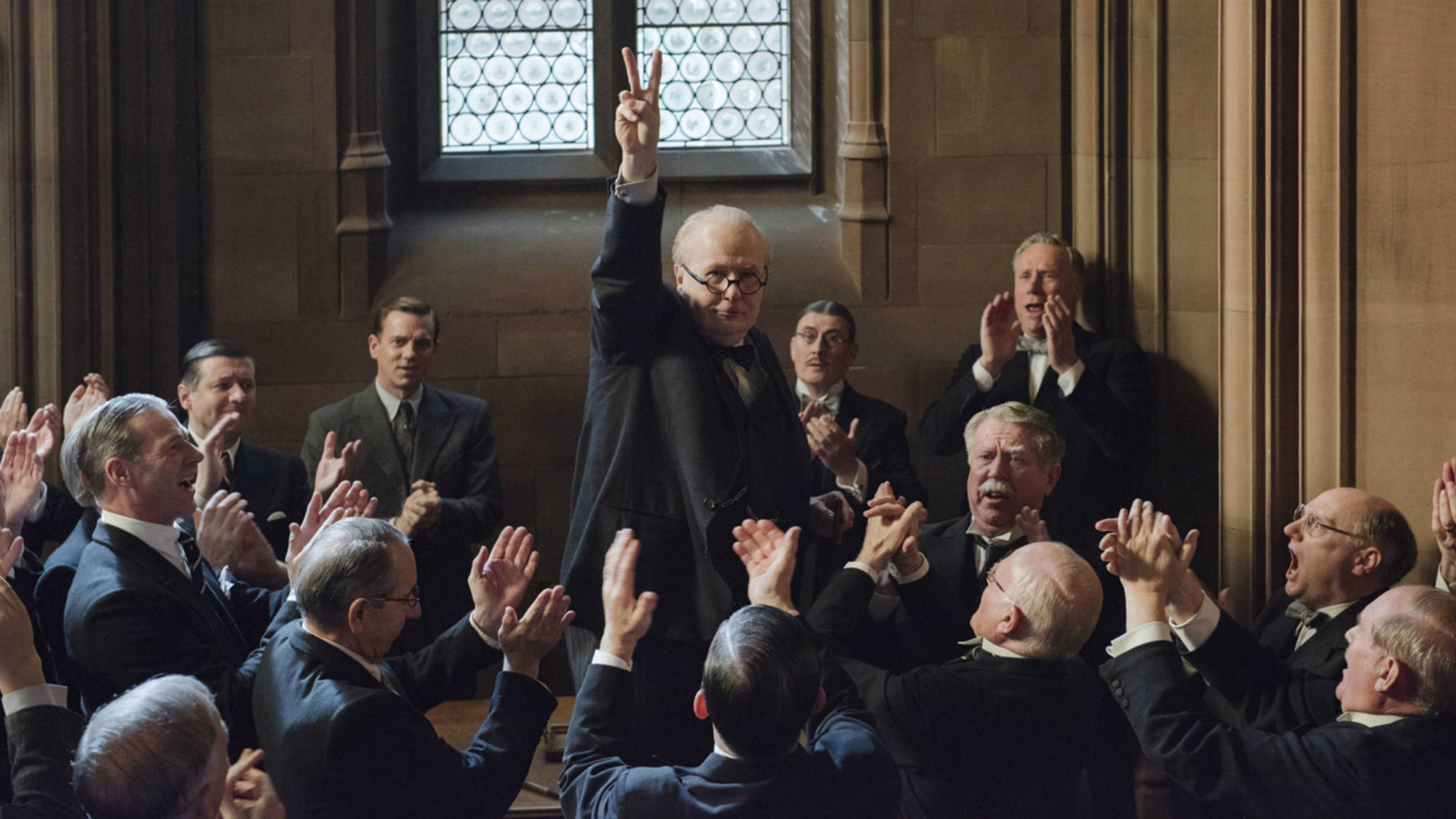
What was it like designing around prosthetics and a fat suit? 'The prosthetics and the fat suit were developed in Los Angeles. I went to Gary’s first fitting with Joe in Los Angeles and I hired a costume which we put over the first iteration of the fat suit. We couldn’t start building the costumes until the shape of the fat suit was finalised: you can’t really judge a fat suit until you’ve dressed it.
Marie Claire Newsletter
Celebrity news, beauty, fashion advice, and fascinating features, delivered straight to your inbox!
It also depends on how the prosthetics and the costume interact. It might look right if you’re just looking at the prosthetic, but when you put a shirt on and the fold of the fat rolls back over the top of the collar, you think, "Yeah that is exactly what it would look like!"'
In Pride and Prejudice, the costumes were a real departure from those traditionally in costume dramas – they actually got dirty! Was this intentional? 'No one ever asks me about Pride and Prejudice! That’s exactly what I was trying to do. It was Joe’s first [feature] film and my first pre-20th century film, and what Joe said to me straight away is that they are really young girls, who would make stuff at home and make looks out of what they have. They’re very provincial and their clothes shouldn’t look like they’re the height of London fashion – the girls had to be comfortable in them. There’s a scene where they are walking across the fields and the dew soaks into their clothes leaving this huge wet stripe on their skirts and that’s exactly what would have happened!'
There is a huge gulf between the very simple 1950s costumes in Vera Drake, for which you won a BAFTA, and the finery of those in Anna Karenina. Is there a style with which you feel more comfortable? 'As with any creative endeavour, there are things that you enjoy more, and the more full-fledged the actors’ and directors ' concept is, the more enjoyable it is to me. It’s really fulfilling to work through things and see how they evolve into something much more specific and particular to the actor in that movie.'
Did you except such a huge reaction to the iconic green dress from Atonement? 'No! I was focussing on it a lot though as I knew it was going to be heavily featured and Joe told me at the beginning, "You’re really going to have to make that dress really good!" which is a terrible pressure!
He said he wanted it to be green, so we chose the best shade of green out of fabric samples from all over London, along with the production designer and Keira [Knightley]. I chose elements from 1920s and 1930s dresses that I liked: the dress is not an authentic 30s dress. The details like the backlessness and the fullness of the skirt exist in a dress in the 30s, but not all together.
We wanted the fabric to be as light as possible because it was supposed to be the hottest day of summer: there’s an element of nakedness about the dress, even though the character is fully dress.'
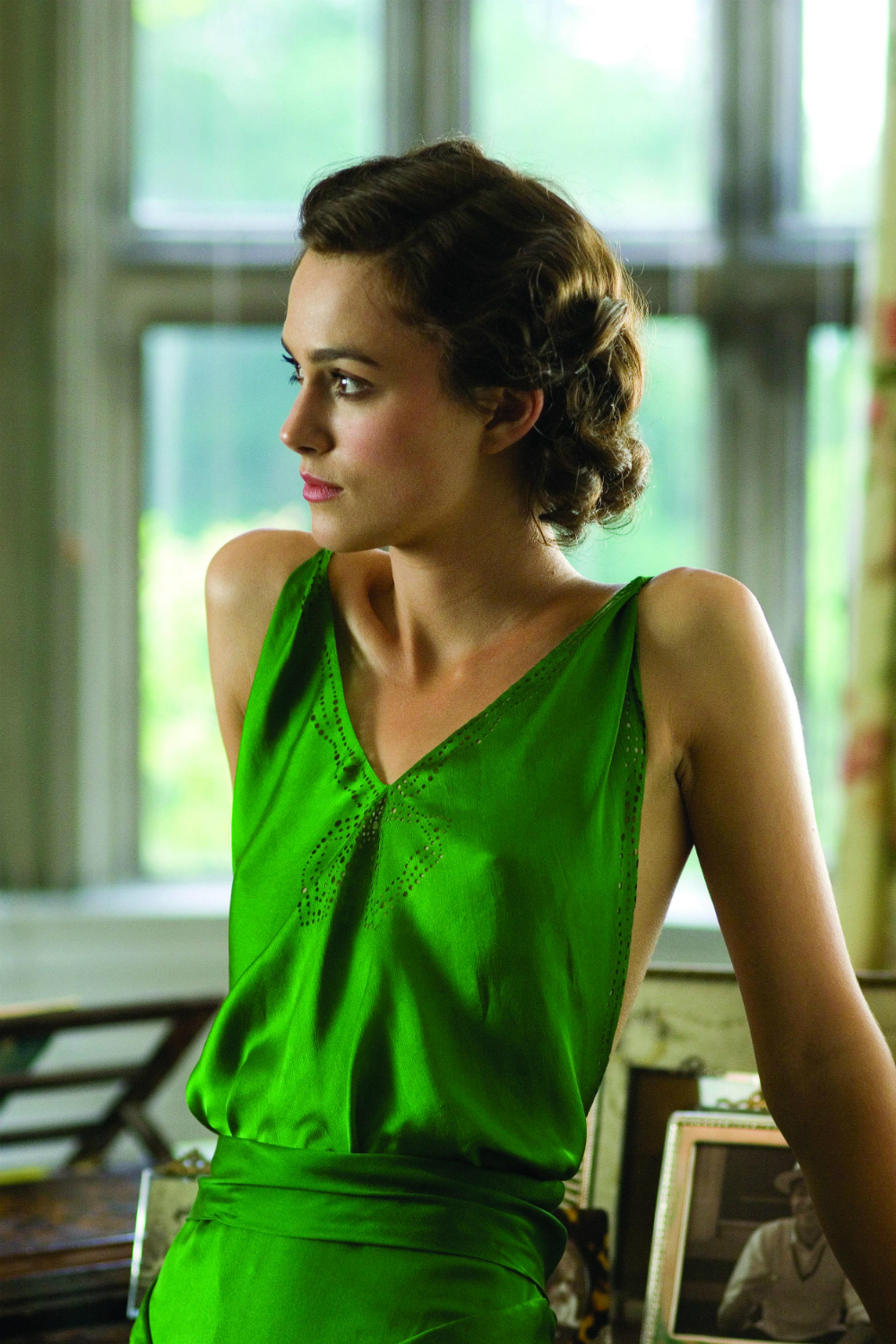
How has working with Keira Knightley on three films been? 'Keira is amazing. She’s a great collaborator, willing to try things and can really make anything work. It’s not just my work that makes the green dress what it is, it’s a combination of things that came together in a fantastic way. She looked so beautiful, at that time, in that dress, in that place, with that colour.'
What was it like designing for Tinker, Tailor, Soldier, Spy, which was the first film you’ve worked on without a female lead? 'It was really difficult because you realise that you punctuate the visual story with women’s costumes because they’re so eye-catching… there’s not such a variety of looks in MI6. It came back down to the detail in everything, a little bit like Darkest Hour in that, with suits, it’s all about the detail: the cut of the lapel or the fabric used. I thought at the beginning I was really going to hate it, but working at making the distinctions between all of the men’s costumes made it really satisfying.'
Designing Belle’s dress in Beauty and the Beast, did you feel a lot of pressure to deliver on what had been a huge part of people’s childhoods? 'Yes, there was a lot of pressure! Emma [Watson] wanted to maintain her interpretation of Belle as an active, feminist hero, whilst wearing a Disney Princess dress. So one of the fundamentals was that the dress shouldn’t be corseted and it had to be lightweight so she could run. I did lots of iterations, a more 18th century dress, a much more modern version, but in the end everyone wanted it to be as close to the animation as possible.'
Darkest Hour is available on Digital on May 21, and available on Blu-Ray™ and DVD on June 4, 2018.
-
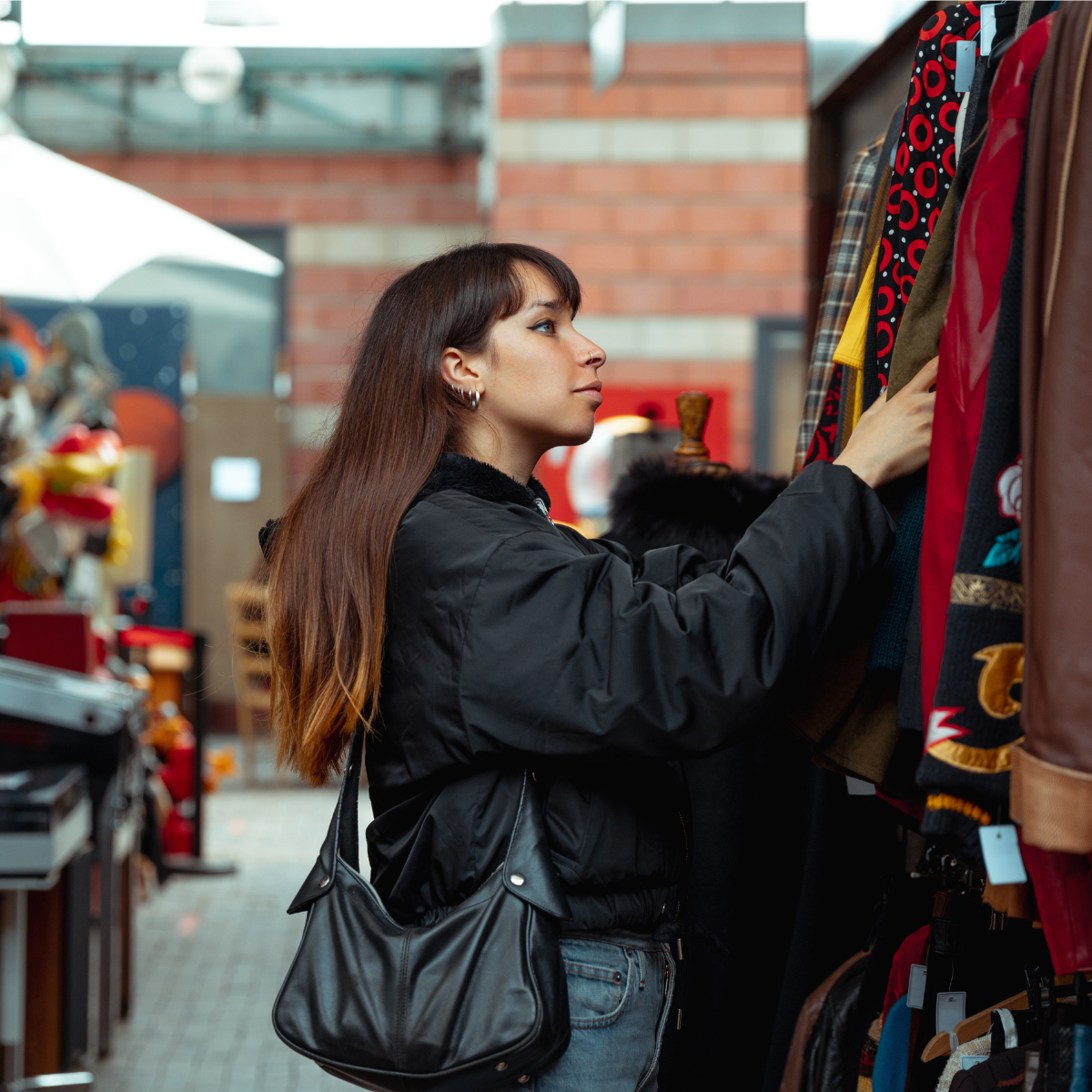 Vintage sales, flower festivals and unique brunches - 7 fun and frivolous things to do this bank holiday
Vintage sales, flower festivals and unique brunches - 7 fun and frivolous things to do this bank holidayBy Jadie Troy-Pryde
-
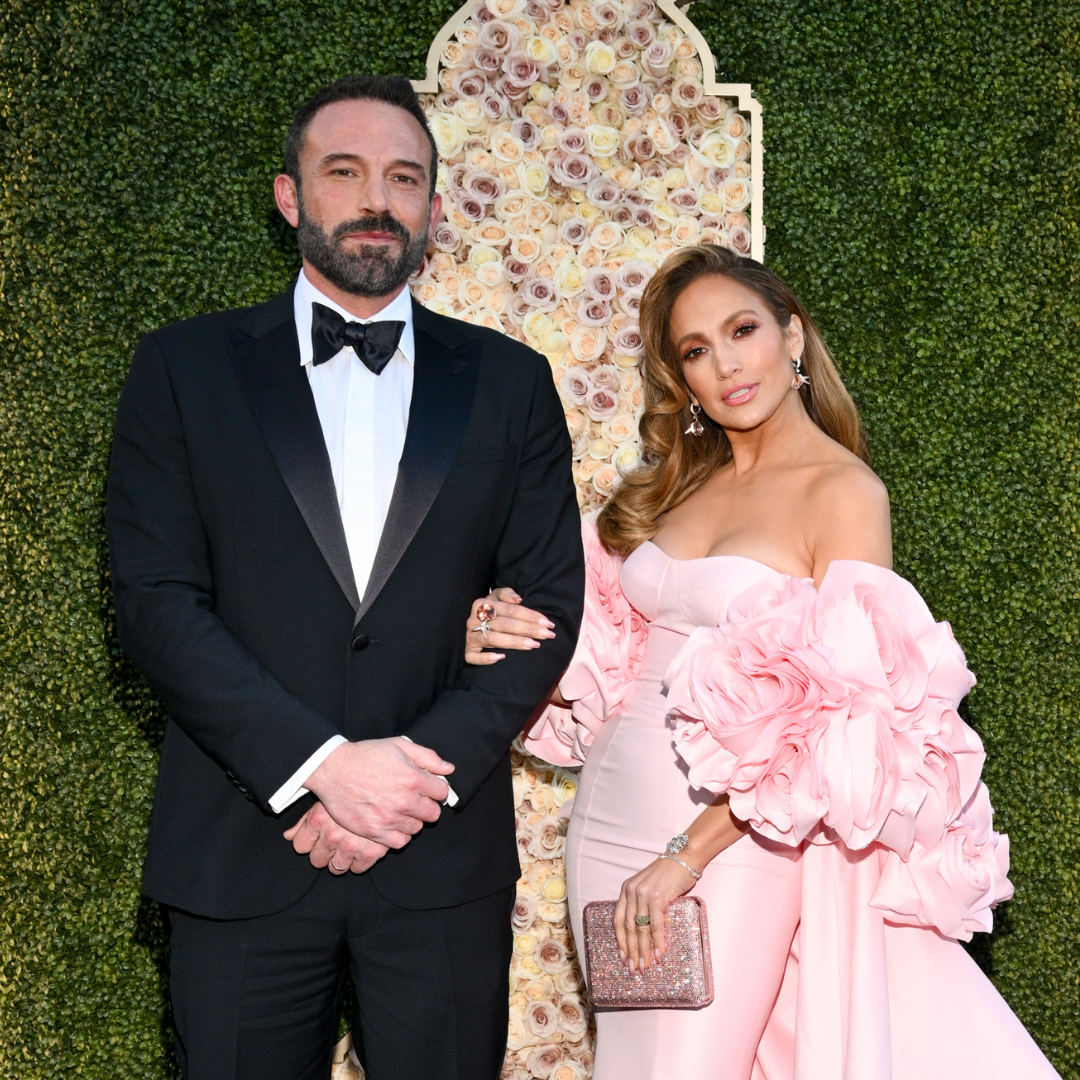 How Ben Affleck feels about dating after his divorce from Jennifer Lopez
How Ben Affleck feels about dating after his divorce from Jennifer LopezHe's taking it slow
By Iris Goldsztajn
-
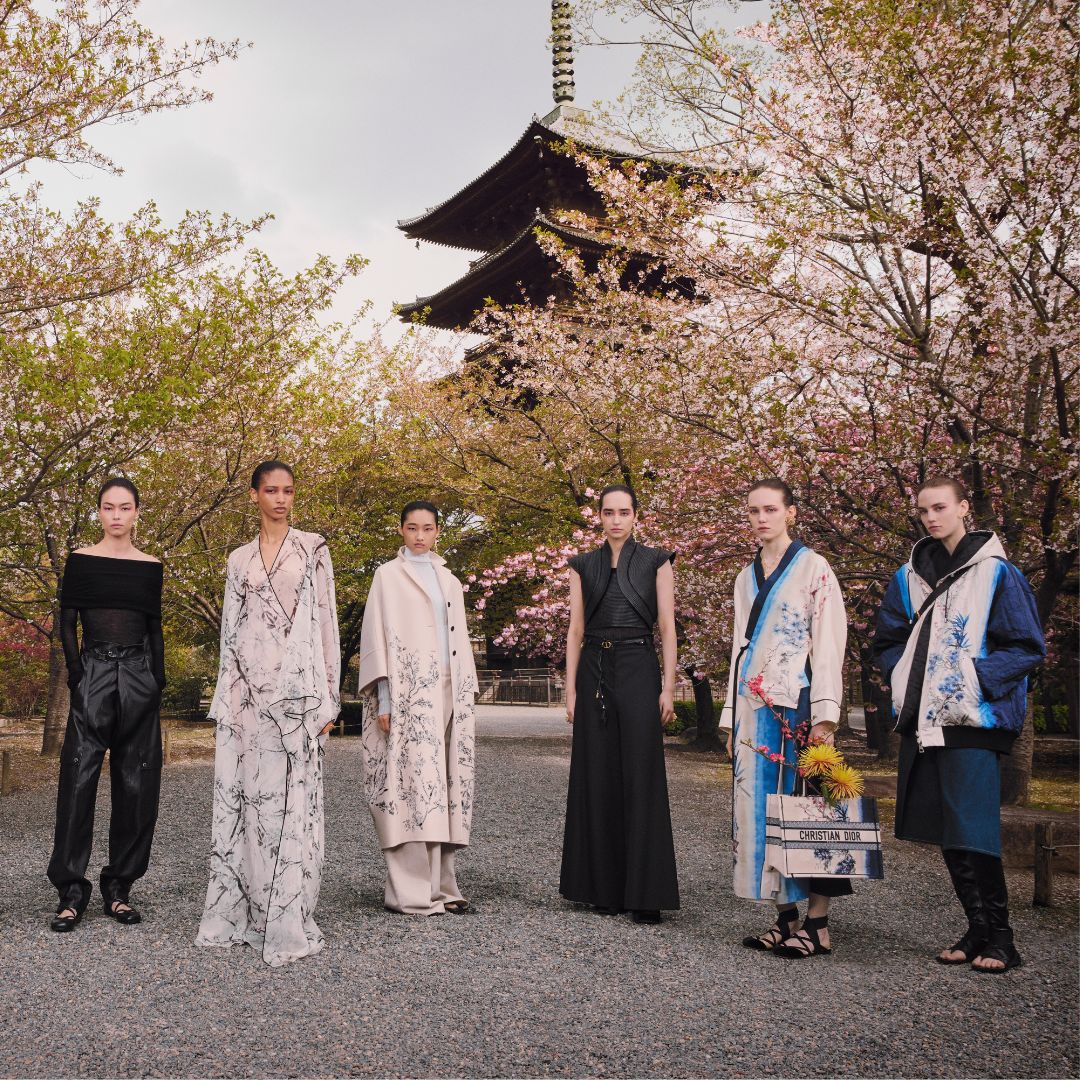 Dior travels to Kyoto for a cherry blossom-inspired fashion show
Dior travels to Kyoto for a cherry blossom-inspired fashion showHere's everything you need to know
By Clementina Jackson
-
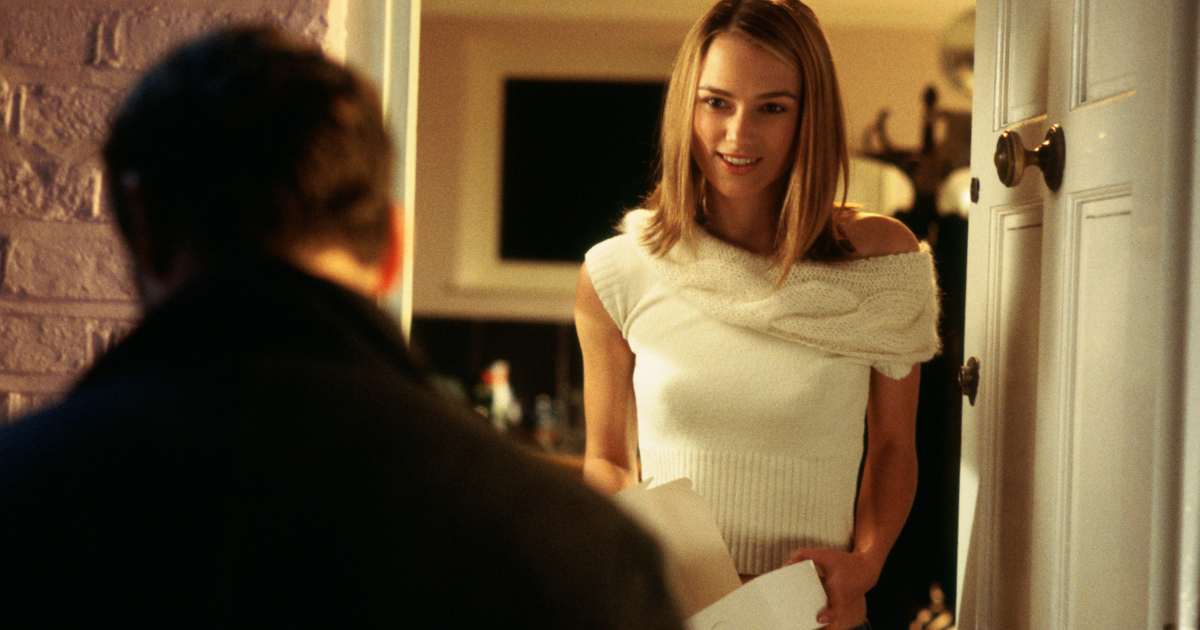 Keira Knightley can't remember who her Love Actually character ends up with
Keira Knightley can't remember who her Love Actually character ends up withWhat?!
By Jadie Troy-Pryde
-
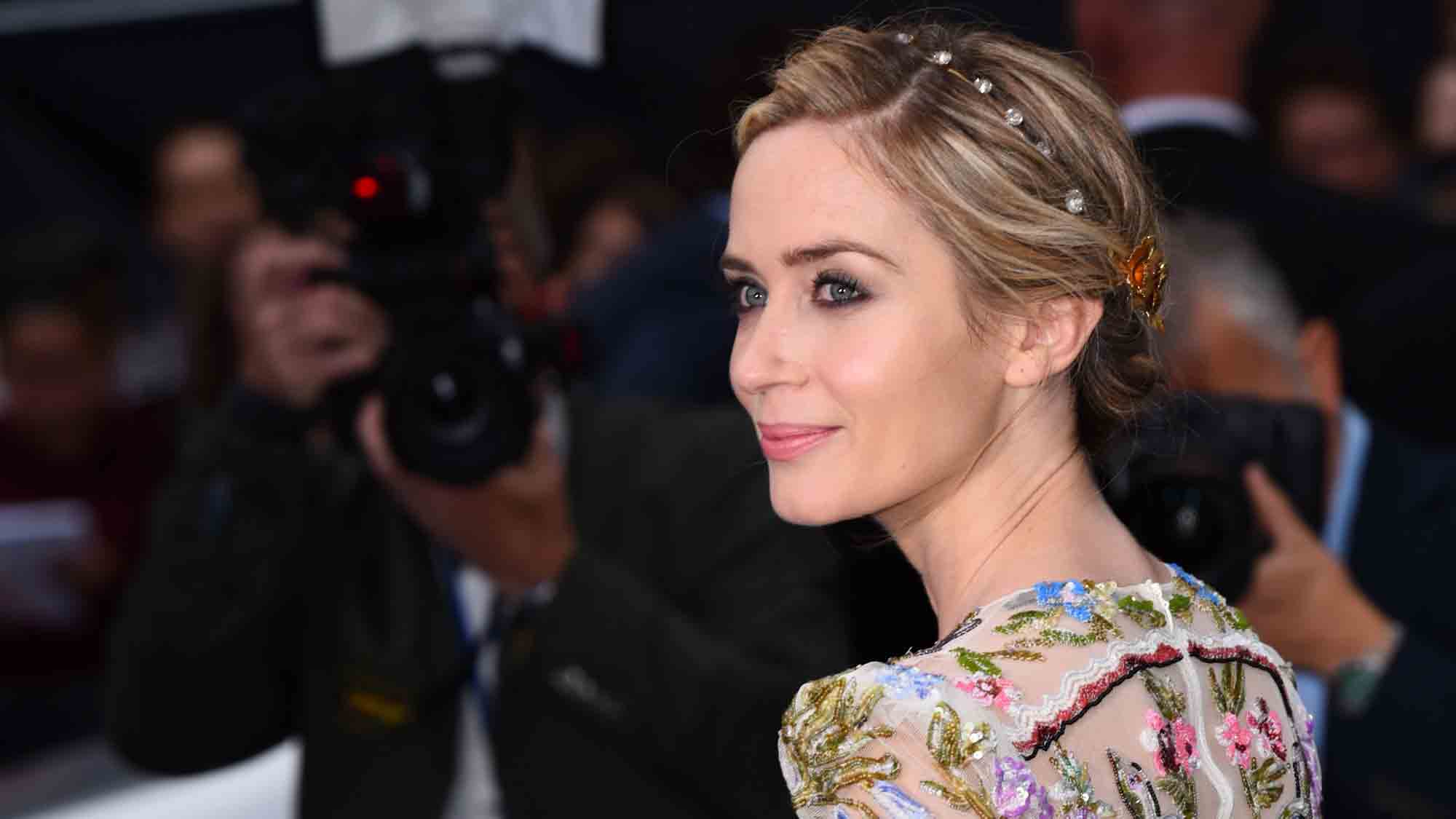 Leicester Square turned into a railway for the Girl On The Train premiere
Leicester Square turned into a railway for the Girl On The Train premiereIt'll give you chills
By Marie Claire